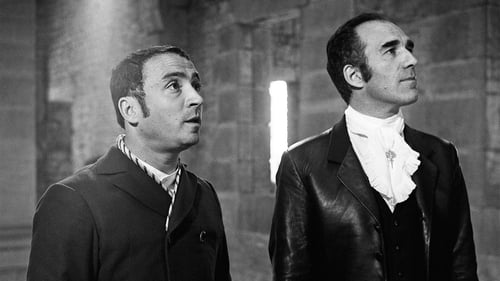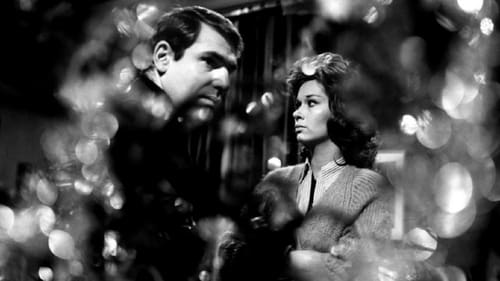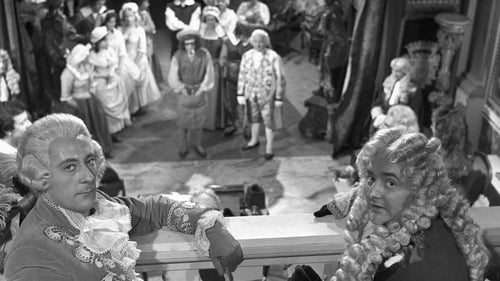
Le Comte de Saint-Bris
Les Huguenots is a monumental fresco featuring various impossible loves in the context of the Saint Bartholomew Massacre. Andreas Kriegenburg places these timeless conflicts of love and religion in an immaculate setting in which the costumes appear yet more flamboyant and the victims’ blood more violently red.

Luther, Crespel
This adaptation of three tales by E.T.A. Hoffmann, with a sprinkling of Goethe’s Faust, portrays the German poet as both narrator and hero recounting his love affairs with Olympia, Antonia and Giuletta. Robert Carsen’s spectacular production highlights the melancholy genius of a man marked by life, with a coherence and dramatic sense remarkable for a work that leaves numerous questions unanswered. Under the baton of Philippe Jordan, Stéphanie d’Oustrac, Ermonela Jaho, Kate Aldrich, Yann Beuron and Ramón Vargas and Stefano Secco in the main role, interpret the legendary airs of this work whose brilliant mystery will continue to dazzle opera houses for countless years to come.

Luther / Crespel

Kazushi Ono and Laurent Pelly offer audiences an inspired and poetic interpretation of Ravel's classic children's opera, L'Enfant et les Sortilèges.

L'Heure espagnole is a one-act operatic farce written by Ravel and first premiered in 1911. The title's literal translation is "The Spanish Hour", but here the word "heure" refers more generally to "time", reminiscent of the cliché, "How They Keep Time in Spain". The work's Latin atmosphere is reinforced through Ravel's incorporation of dance music like the malagueña, the jota, and the habañera.

Harasta
In the forest, the animals and insects are playing and dancing. The Forester enters and lies down against a tree for a nap. A curious Vixen Cub inquisitively chases a frog right into the lap of the surprised forester who forcibly takes the vixen home as a pet. Time passes and we see the Vixen, now grown up into a young adult tied up in the forester's yard with the conservative old dachshund. Fed up with life in confinement, the vixen chews through her rope and runs off to freedom.

Lucien

Monsieur Dimanche
This telefilm in black and white is diffused on the first French chain the November 6th 1965. It undoubtedly remains the most known adaptation of the Dom Juan of Molière.

On a Christmas night, an ex-convict meets a beautiful Italian married woman who has got a lot of things to hide.

Double Main

Alexis

Krambach
The incredible story of three promiscuous friends who share more things than they think. Ernest, Jobelin and Marjavel collect pranks and exchange wives and mistresses in the greatest secrecy. But their joyous merry-go-round threatens to collapse at the slightest misstep.






